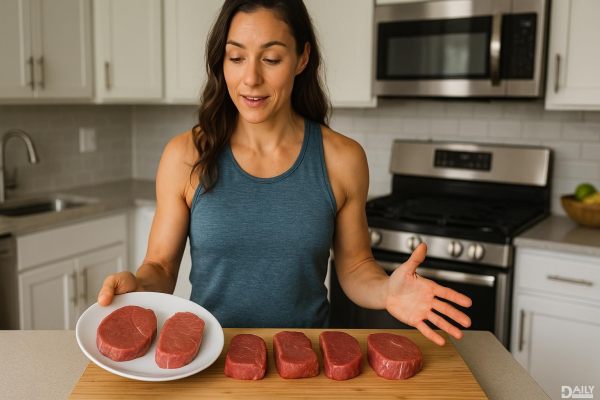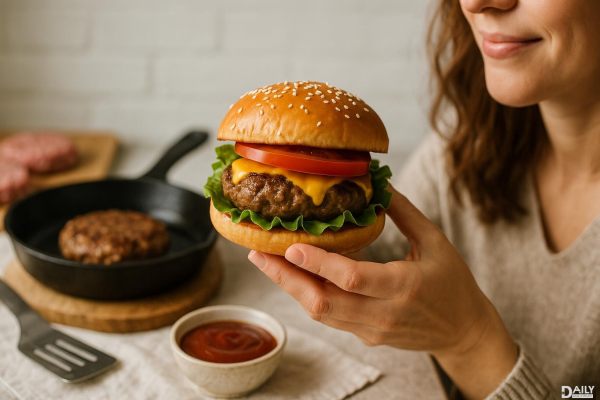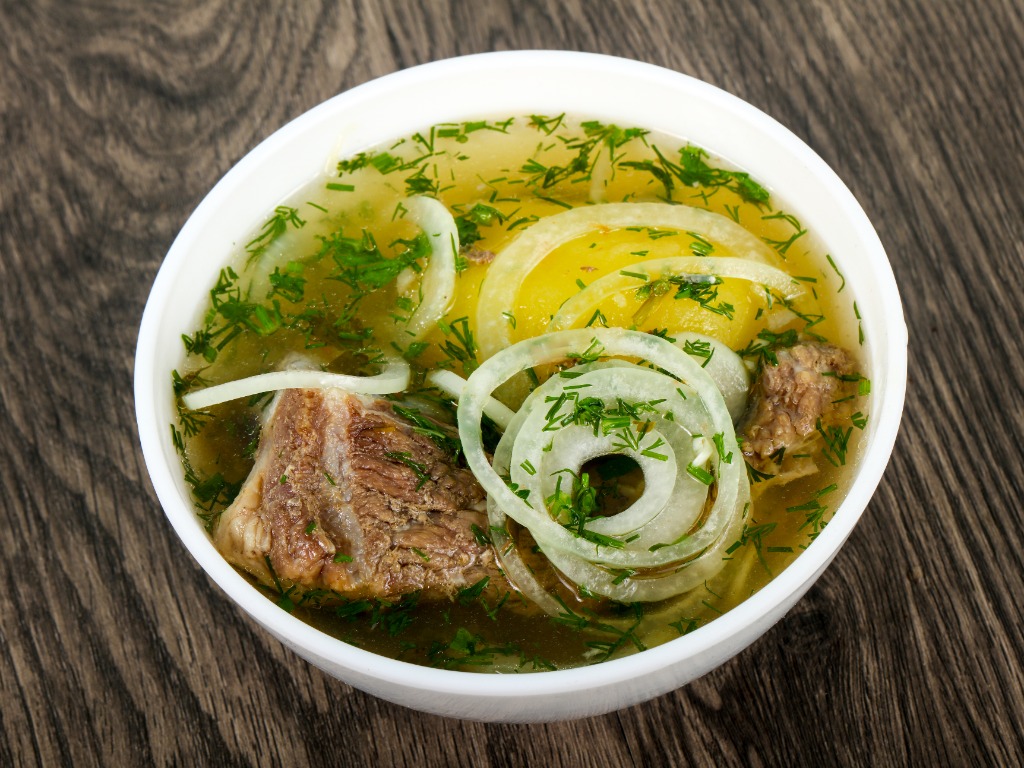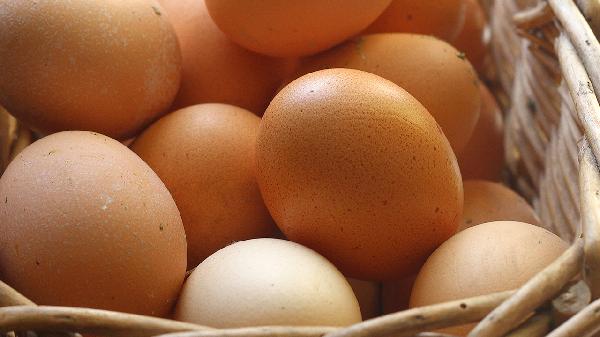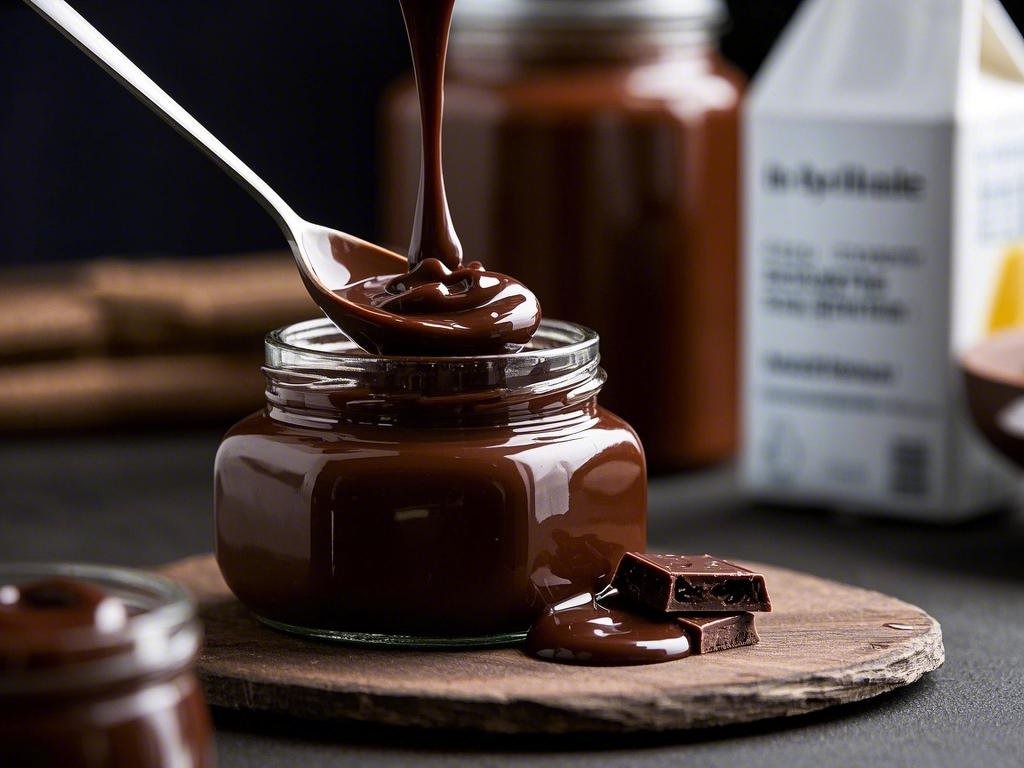There's nothing quite like the sizzle of bacon hitting a hot pan—the aroma alone is enough to make your mouth water. But achieving that perfect balance of crispy edges and tender, juicy meat isn't just luck—it's science, patience, and a little insider know-how. Whether you're a breakfast enthusiast or just someone who appreciates the magic of perfectly cooked bacon, mastering the stovetop method is a game-changer. Forget the microwave or oven shortcuts; the stovetop is where the real magic happens, delivering golden, crackly strips with minimal effort (and maximum flavor).
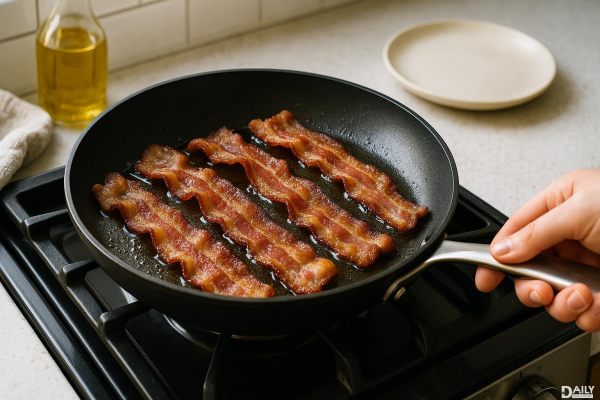
Not all pans are created equal when it comes to bacon. A heavy-bottomed skillet—cast iron or stainless steel—is your best bet. Thin pans can lead to uneven cooking and hot spots that turn your bacon from golden to burnt in seconds. Cast iron retains heat like a champ, ensuring consistent sizzle without scorching, while stainless steel offers quick temperature control. Nonstick pans work in a pinch, but they won’t give you those coveted crispy bits clinging to the pan (hello, future gravy base!). Pro tip: Avoid overcrowding. Bacon needs space to render its fat properly, so cook in batches if needed. No one likes steamed bacon—that’s just sad ham.
Here’s the secret most home cooks miss: Start with a cold pan. Lay your strips in before turning on the heat, letting them gradually warm up with the pan. This slow-rendering process melts the fat evenly, basting the bacon in its own deliciousness and preventing uneven shrinkage. Medium-low heat is the sweet spot—too high, and you’ll end up with brittle, blackened strips; too low, and you’ll be waiting until lunchtime. Listen for the gentle sizzle, not a furious crackle. Patience pays off in crispiness.
Resist the urge to constantly fiddle with your bacon. Let it do its thing undisturbed for a few minutes until the edges start curling and the bottom turns golden. One confident flip is all you need—no need to treat it like a pancake. For extra crispiness, use tongs to press down gently on the strips as they cook, maximizing contact with the pan. And don’t toss that rendered fat! Strain it into a jar for cooking eggs, roasting veggies, or even frying potatoes. Liquid gold, folks.
Draining bacon on paper towels is a classic move, but it can sometimes trap steam, softening your hard-earned crunch. For next-level crisp, try a wire rack set over a baking sheet—it allows air to circulate, keeping every strip shatteringly crisp. If you’re team paper towel, blot gently and immediately. And whatever you do, never cover the bacon; that’s a one-way ticket to Soggyville. Salt lovers, take note: A light sprinkle of flaky salt right after cooking amps up the flavor without overpowering.
Not all bacon is created equal. Thin-cut bacon cooks faster but can go from perfect to overdone in seconds, while thick-cut offers more margin for error and a meatier bite. For chewy-crisp perfection, go for center-cut bacon—it’s leaner, with less shrinkage. Artisanal, dry-cured bacon? It’s a splurge, but the deeper flavor and lack of added water mean better browning. And if you’re feeling fancy, try a maple or black pepper glaze in the last minute of cooking for a sticky-sweet or spicy kick.
Bacon isn’t just breakfast—it’s a mood, a lifestyle, and occasionally, the reason you get out of bed in the morning. With these tricks up your sleeve, you’ll never settle for limp, greasy strips again. Now go forth and sizzle responsibly. (And maybe hide a piece for yourself before the rest of the household catches on.)
